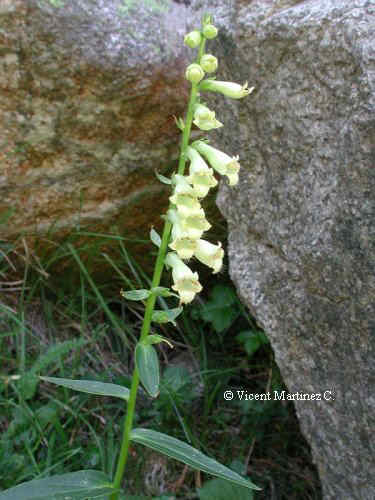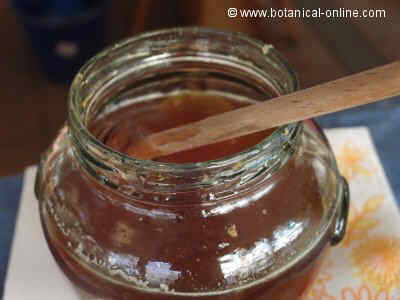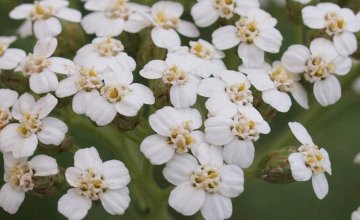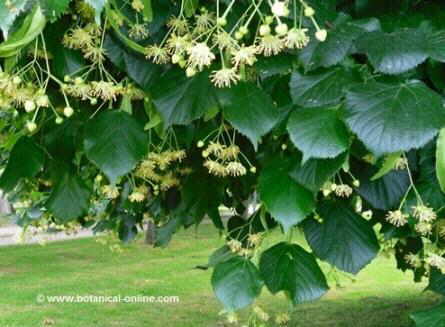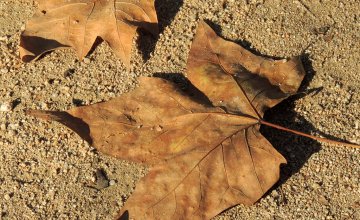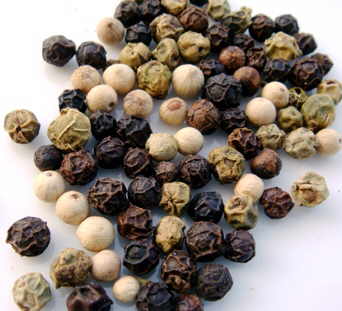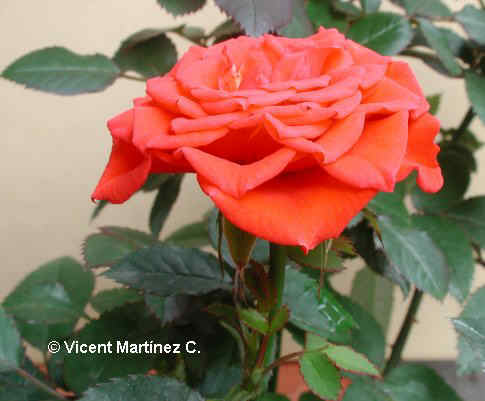Contents
- 1 Benefits of frankincense essential oil
- 1.1 Characteristics of plants producing frankincense
- 1.2 Which is the most used frankincense?
- 1.3 How is frankincense obtained?
- 1.4 How is frankincense essential oil like?
- 1.5 Properties of frankincense essential oil
- 1.6 Main medicinal uses of frankincense essential oil
- 1.7 Other uses
- 1.8 Toxicity of frankincense
Benefits of frankincense essential oil
Characteristics of plants producing frankincense
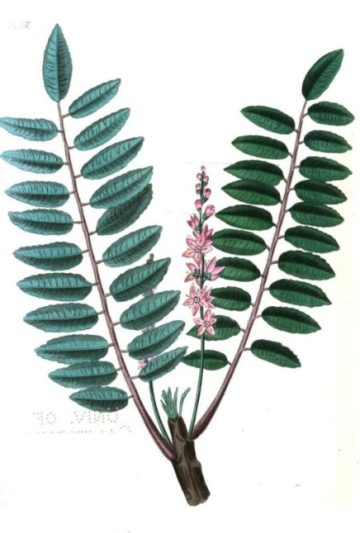
Frankincense is obtained from 4 plants of genus Boswellia:
- Frankinsence or olivanun tree (Boswellia sacra= Boswellia carteri) The tree grows in North Africa, especially in Somalia and Ethiopia, and in the southern Arabian peninsula, specifically in Oman and Yemen
- Coptic Frankincense, Dhidin,Maydi (Boswellia frereana): Native from Somalia and cultivated in Yemen and Oman. Very rich in beta-thujone, so consuming it can produce toxicity, such as this can be consided by the EFSA ( European Food Safety Autorithy) . Used in ceremonies of Coptic Church of Egypt and practically consumed by Saudi Arabia.
- Indian frankincense, Indian oli-banum, Salai, Sallaki (Boswellia serrata) : Native from India and Punjab, where it is very used in traditional medicine for the treatment of arthritis and diabetes. It contains a lot of estragol, which can provides it toxicity. It is considered to be less aromatic than Boswellia sacra or Boswellia frereana
- Sudanese frankincense (Boswellia papyrifera) From Sudan, Ethiopia and Eritrea. Very rich in Octyl acetate, which makes it very useful in perfumery.
Which is the most used frankincense?
Among the four species , the most important one is frankinsence or olivanun tree (Boswellia sacra, = B. carteri): It is a perennial tree of the family of the Burseraceae up to 8 meters high.
It has pinnate leaves, white or light pink flowers, grouped in clusters and capsule fruits.
How is frankincense obtained?
If a cut is made on the trunk of the plant a cut is made it will exude a gum-resin ( A type of resin or exudate containing a gummy substance and volatile essential oil)
This gum-resin solidifies in contact with the air and collects solid. Steam distillation of this product produces frankincense essential oil.
The main incense gum-resin distilleries are found in India and in Europe.
How is frankincense essential oil like?
It is a balsamic oil, aromatic for its richness in pinene, limonene, myrcene and other terpenes.
Its color is light yellow or greenish white.
Properties of frankincense essential oil
Due to its antiseptic, healing properties, it is very suitable for the treatment of skin abnormalities.
It has anti-inflammatory, expectorant, immunostimulant and antibacterial effects, suitable for respiratory problems.
It is tonic and sedative for nerves. Help meditation.
It can be used as a diuretic.
Main medicinal uses of frankincense essential oil
- Beneficial for skin care in case of spots, scars, wrinkles or dry skin. It is included in many rejuvenating creams, preventing stretch marks.
- It can be used for the treatment of the respiratory tract diseases through inhalations in the treatment of sore throat, bronchitis, cough, colds, flu, etc.
- Due to its diuretic properties, for the treatment of metabolic diseases such as fluid retention, gout, obesity, cellulite.
- For nervous problems, such as anxiety or stress
Other uses
- It is used in perfumery and in the preparation of cosmetic products or soaps
- For flavoring drinks and meat.
- Incense is manufactured with this plant. (Hindu incense comes from another species (Boswellia serrata)
Toxicity of frankincense
In external use when diluted is not toxic. It does not produce irritation
*Información relacionada:
![]() More information on essential oils
More information on essential oils

